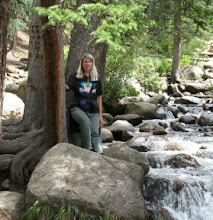In the spirit of the fun part of these odd days hovering between modern Christmas and New Year's festivities, a ditty started in my head this morning, so I offer this:
On the fourth day after Christmas, a snowstorm brought to me
12 flickers drumming,
11 woodpeckers pecking,
10 juncos jumping,
9 magpies prancing,
8 scrub jays swooping,
7 finches preening,
6 red-winged blackbirds,
5 chick-a-dees!
3 Steller’s jays,
2 collared doves (more like 22),
And a Cooper’s Haw-awk in the ash tree.
If you've been around Foothills Fancies for a while, you know that winter brings bird-blogging, and that some of these numbers have been either inflated or underestimated to fit the meter of the song. Maybe I'll share a more reasonable enumeration soon. In the meantime, feel free to guess!
These year-end days were also a bizarre time in the corporate world, as I recall, with many employees using a few vacation days to create a longer winter break. If you did go to work, sometimes little could be accomplished because of the reduced attendance, and an unsettling atmosphere of abnormality, perhaps even misrule, often prevailed.
Lately, we often seem to experience oddities in our natural world as well. This passing year has brought us many bizarre and unsettling reports from around the country and the world: intense drought, devastating floods, crippling snowstorms, algal blooms, volcanic eruptions, and earthquakes. We even learned new terms like "polar vortex." (See Weather.com for a roundup of their top 10.)
The Lord of Misrule is about, and in Nature anything can happen! Have a Happy (and safe) New Year, everyone...





